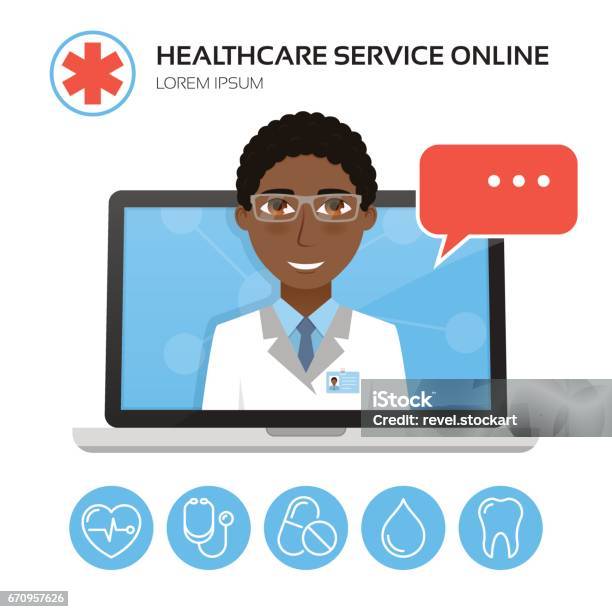Understanding the Cost-Effectiveness of Subscription-Based Health Care Models
As the health care landscape progresses, subscription-based versions arise as an engaging choice, assuring to redefine just how people take care of clinical expenditures. Evaluating these designs' cost-effectiveness requires a nuanced comparison with traditional insurance, considering both financial implications and client complete satisfaction.
Summary of Subscription-Based Designs
Subscription-based healthcare models, sometimes described as straight health care or concierge medicine, are significantly acquiring attention as a potential remedy to inadequacies within conventional healthcare systems. These versions run on the principle of offering patients straight accessibility to doctor through a annual or monthly cost, bypassing the need for traditional insurance devices. This plan intends to enhance patient-provider interactions by lowering administrative concerns, which often prevent individualized and timely treatment.
At the core of subscription-based models is the emphasis on an extra tailored patient experience. Clients gain from boosted access to their physicians, often consisting of same-day or next-day visits, extended examination times, and direct communication channels such as phone or video clip telephone calls. This design cultivates a proactive technique to healthcare, where individuals and companies can collaboratively focus on preventative treatment and persistent disease administration.

Price Comparison With Conventional Insurance Coverage

One of the primary monetary advantages of registration versions is openness in costs. Patients pay a predictable fee, which can simplify budgeting and financial planning. Additionally, these models normally remove co-pays and deductibles for covered services, lowering out-of-pocket investing. Conversely, conventional insurance coverage may be a lot more helpful for people needing specialized care or expensive treatments not covered under a subscription version, as they profit from the wider protection network and cost-sharing mechanisms.
Nevertheless, cost-effectiveness is context-dependent. While subscription designs might use savings for those largely needing primary treatment, individuals with chronic problems or specialized health care demands may locate conventional insurance extra extensive. Therefore, examining specific health care needs and potential use is crucial in figuring out the most cost-efficient option for individuals.
Influence On Person Complete Satisfaction
Individual contentment within subscription-based healthcare models commonly mirrors a significant enhancement over standard insurance policy systems. This enhancement is primarily credited to the customized care and availability these versions supply. People frequently report higher complete satisfaction because of minimized wait times and the simplicity of organizing visits. Unlike standard systems, where individuals may experience hold-ups in obtaining care, subscription-based models guarantee more direct and timely communications with doctor.
Furthermore, the openness in prices related to subscription-based health care minimizes the common frustrations associated with unanticipated charges and complex payment processes seen in typical insurance coverage (subscription based healthcare). Clients value understanding the exact economic dedication upfront, resulting in raised depend on and confidence in their health care management
In addition, the emphasis on preventative care and health in subscription versions contributes to boosted health and wellness end results, even more boosting client contentment. By concentrating on recurring health upkeep as opposed to episodic care, individuals experience an even more all natural and constant healthcare trip.
Additionally, the boosted provider-patient relationship promoted in these versions, characterized by more time invested per person and individualized interest, plays visit the site a critical role in raising person satisfaction levels, as individuals really feel genuinely cared for and comprehended.
copyright Point Of Views and Experiences
From the service provider's perspective, subscription-based health care versions supply a transformative approach to delivering medical services. These designs emphasize a preventative and aggressive healthcare strategy, allowing companies to concentrate on detailed person treatment without the restraints of conventional fee-for-service plans (subscription based healthcare). This change in focus commonly leads to enhanced individual results and enhanced service provider fulfillment, as health care experts can assign more time and resources to patient involvement and individualized treatment plans
Furthermore, subscription versions promote predictable revenue streams, which boost economic stability for doctor. This predictability allows for boosted source important source planning and allocation, adding to a much more effective healthcare distribution system. Suppliers can invest in staff training, infrastructure, and modern technology improvements, therefore improving the top quality of care offered.
Nevertheless, the shift to subscription-based models is not without obstacles. Companies have to adjust to new functional frameworks, which can include significant modifications in invoicing practices and individual management systems. Furthermore, there is an inherent requirement for durable data administration to track person results and make certain quality treatment. Regardless of these obstacles, several service providers discover that the advantages of increased individual communication and streamlined operations exceed the initial difficulties, making subscription-based versions an attractive choice.
Future Leads and Challenges

A key challenge is governing compliance, as subscription designs have to follow evolving medical care plans and insurance coverage requirements. This necessitates continual adjustment and development to ensure placement with legal standards. In addition, integrating these models right into existing healthcare frameworks can be intricate, calling for substantial financial investments in technology and training.
There is additionally the prospective risk of producing inequities in health care access, as registration models could favor those that can manage them, leaving vulnerable populaces underserved. Resolving this requires thoughtful consideration of rates approaches and subsidy devices to guarantee inclusivity.
Verdict
Subscription-based medical care models provide a sensible choice to standard insurance policy by supplying financial predictability and transparency, especially benefiting individuals with chronic conditions or regular health care requirements. The cost-effectiveness of these designs is contingent upon private health care use patterns and scenarios.
Subscription-based health care designs, occasionally referred to as straight key treatment or attendant medication, are significantly getting interest as a prospective option to ineffectiveness within conventional health care systems. Unlike conventional systems, where patients could experience hold-ups in getting care, subscription-based models ensure even more straight and prompt communications with health care suppliers.
These designs highlight a proactive and preventative healthcare approach, enabling companies to focus on comprehensive person care without the constraints of typical fee-for-service plans. As these models proceed to get traction, they provide the prospective to transform patient accessibility to care, improve service shipment, and optimize medical care costs.Subscription-based healthcare designs present a sensible option to standard insurance policy by using financial predictability and openness, particularly profiting individuals with chronic problems or regular medical care needs.